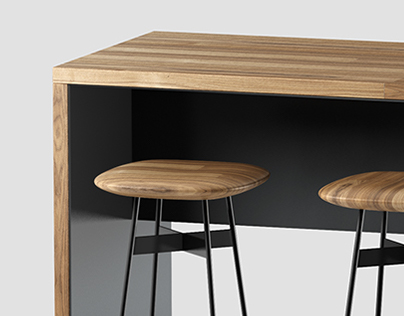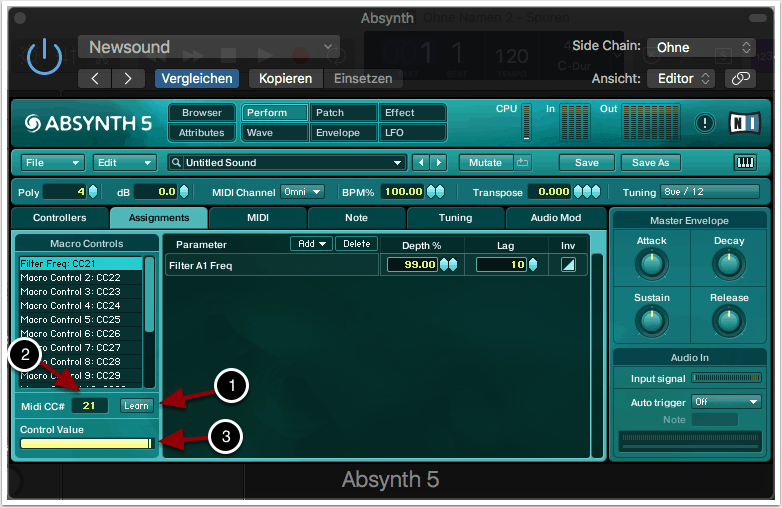

These facilities are equipped with computers and software for programming/music production and associated audio hardware.Ĭomposition for Digital Media I & II (MUS 683/684)īoth Composition for Digital Media courses focus on studying advanced techniques, theories and practices of computer generated/assisted music composition. Students complement classroom activities with individually scheduled lab time and complete work in the computer music studios/labs. In addition to these practical skills, students explore the history, literature and aesthetics of computer music as well as present reviews and give reports on audio synthesis and sampling software (Absynth, Kontakt Player, CSound, SuperCollider and more). Students create custom processing networks for manipulating numerous forms of data including MIDI, digital audio and video as they apply to the new computer based technologies of music, audio and video production. Using the Max/MSP/Jitter object oriented programming environment, students will have the opportunity to learn basic programming techniques, problem solving strategies, analytical, objective, evaluative and critical thinking.
#Learning absynth 5 online courses series#
Through a series of graded laboratory assignments, lectures, readings and classroom demonstrations, students learn the basic theories and principles of computer programming as applied to the Musical Instrument Digital Interface (MIDI) and software based digital synthesis. This course is an extension of Introduction to Computer and Electronic Music, which is offered in the Fall semester. These facilities are equipped with computers and software for programming/music production and associated audio hardware.Īdvanced Topics in Computer Music (MUS 568/668) Students complement classroom activities with individually scheduled lab time and complete work in the computer music labs (Studio A and Studio B). In addition to these practical skills, students explore the history, literature and aesthetics of computer music. At the end of the course, students complete a final project/composition. In addition to these practical skills, students will explore the history, literature and aesthetics of computer music. Using the Max/MSP/Jitter object oriented programming environment students will have the opportunity to learn basic programming techniques and create custom processing networks working with audio and video data. However, basic computer skills are helpful and previews experience working with Digital Audio Workstation software is welcome. Through a series of graded laboratory assignments, lectures, readings and classroom demonstrations, students will learn the theory and principles of computer programming as applied to MIDI, Digital Signal Processing, Installation Art and Video Processing. The course is introductory in nature no specific technical knowledge or experience is necessary. Introduction to Electronic and Computer Music introduces students to the techniques and aesthetics as well as the theory and practices of computer generated/assisted music and composition. Introduction to Electronic & Computer Music (MUS 567/667) These facilities are equipped with computers and software for programming/music production and associated audio hardware. In the second half of the course, these techniques are supplemented and extended by audio processing and sound spatialisation as well as the study of additional sampling and synthesis software. In the first half of the course, the class focuses on obtaining source material and using traditional multichannel sound manipulation techniques. This course deals mostly with traditional recording and editing techniques using audio editing software.Through a series of graded laboratory assignments, lectures, readings and classroom demonstrations, students learn the basic theories and principles of audio recording, editing, processing and manipulation as well as computer programming and MIDI. MUS 270 – Creative Production and Production Techniques (2 credit hours)


Watch & Listen Watch & Listen Dropdown Toggle.School of Music Student Recitals YouTube Channel.Expand Watch & Listen Submenu Watch & Listen.Faculty & Staff Faculty & Staff Dropdown Toggle.Expand Faculty & Staff Submenu Faculty & Staff.Join the Friends of the School of Music.


 0 kommentar(er)
0 kommentar(er)
